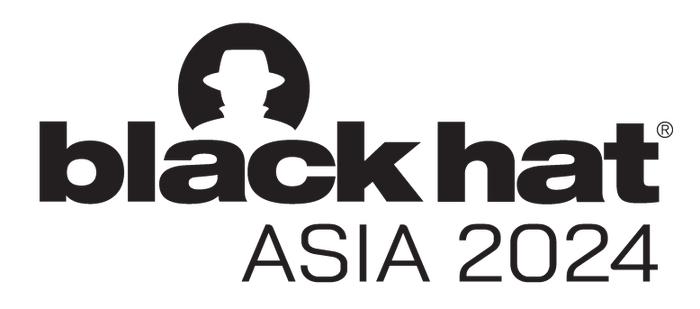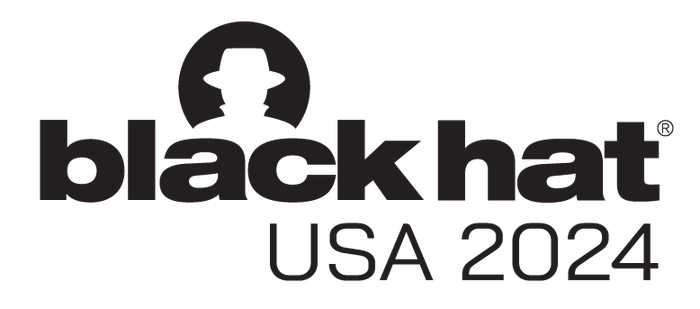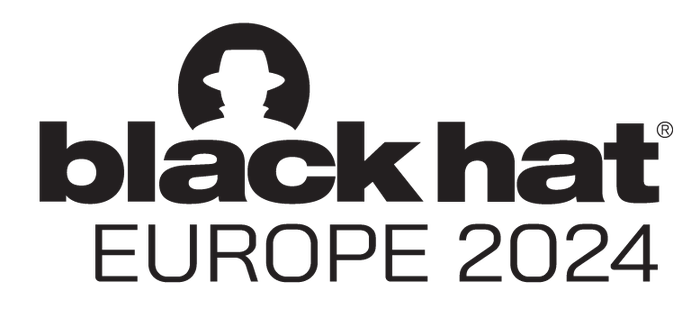BLACK HAT WEBINARS
Becoming a Dark Knight: Adversary Emulation Demonstration for ATT&CK Evaluations
1 HOUR
March 21, 2024
BLACK HAT NEWS
Rethinking How You Work With Detection and Response Metrics
Airbnb's Allyn Stott introduces maturity model inspired by the Hunting Maturity Model (HMM) to complement MITRE ATT&CK to improve security metrics analysis.
Apr 19, 2024
|
3 Min Read
Vulnerabilities & Threats'MagicDot' Windows Weakness Allows Unprivileged Rootkit Activity
Apr 19, 2024
|
7 Min Read
Application SecurityEvil XDR: Researcher Turns Palo Alto Software Into Perfect Malware
Apr 19, 2024
|
4 Min Read
Application SecuritySneaky Shellcode: Windows Fibers Offer EDR-Proof Code Execution
Apr 18, 2024
|
5 Min Read






